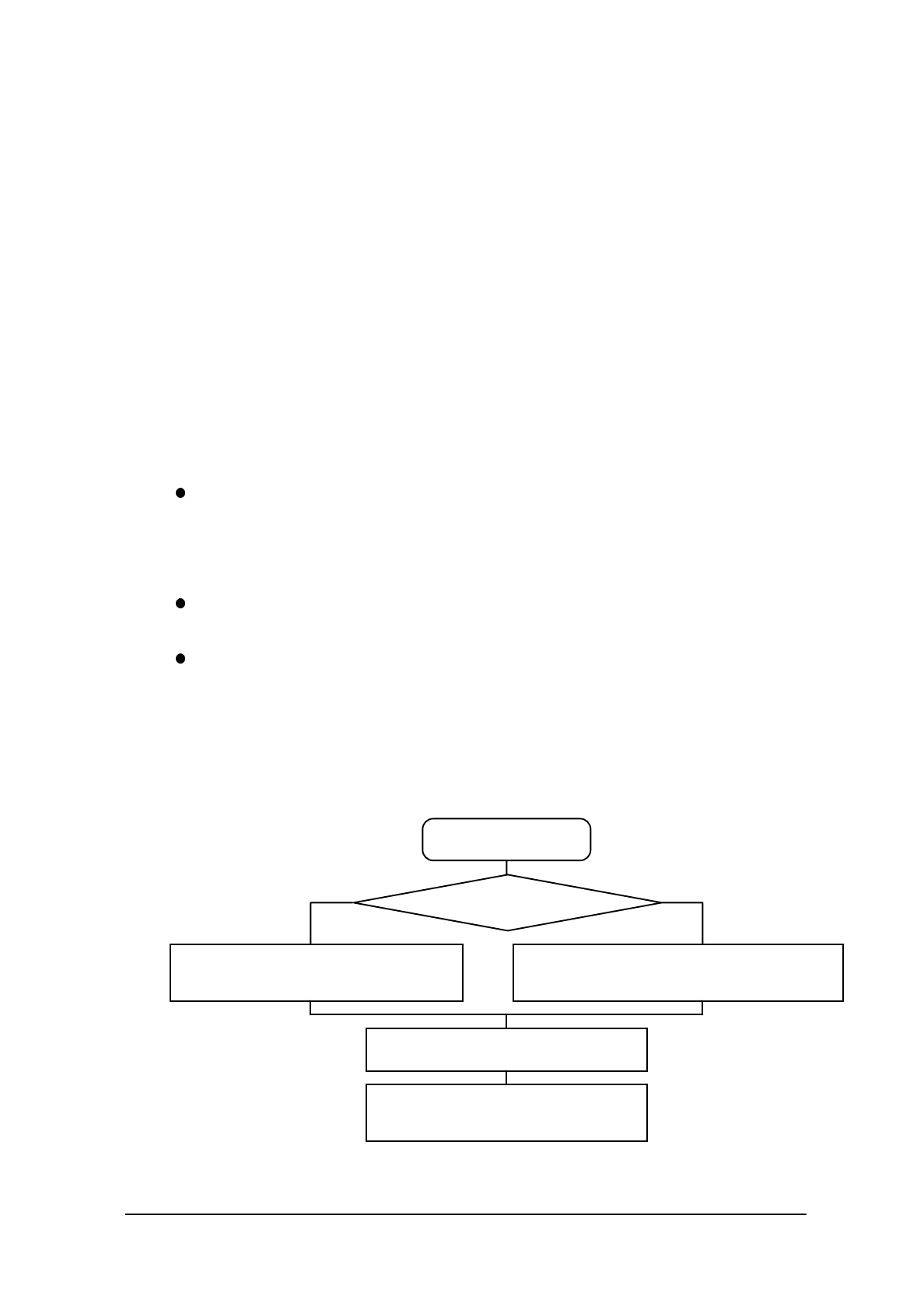
79
4. MS-DOS
4.1 Overview
If a personal computer is booted-up with a floppy disk in the drive, first an attempt will be made to
read MS-DOS from the floppy disk, and if a copy of MS-DOS does not reside on the floppy it is
loaded from the hard disk (C:). However, this method cannot be used on this terminal since its basic
drive (C:), which corresponds to the hard disk of a PC, is defined as a read-only device.
The MS-DOS on the boot drive (C:) can be loaded initially provided that no PC card is inserted in
the slot, but, in this case, it is not possible to add the start-up code for user programs to the
AUTOEXEC.BAT file. This problem is solved on the terminal as follows.
At boot-up this terminal searches each drive to locate the CONFIG.SYS and AUTOEXEC.BAT
files and sets it as the current drive, then MS-DOS is loaded into the main memory. As a result,
the CONFIG.SYS and AUTOEXEC.BAT files in the current drive can be processed through
MS-DOS.
The CONFIG.SYS and AUTOEXEC.BAT files will be searched in the following order:
[PC card drive] -> [RAM disk] -> [F-ROM drive] -> [Basic drive]
The CONFIG.SYS and AUTOEXEC.BAT files on the basic drive will be executed only if the
RESET button is pressed. As a result, the System Menu, which is the maintenance program for
this terminal, will be initiated.
Since the main part of MS-DOS is always loaded from the basic drive (C:) in this case, it is not
necessary to install MS-DOS and COMMAND.COM on the user drive.
Fig. 4.1
YES
NO
LOADING MS-DOS
RESET BUTTON
was pressed?
Specifies the drive on which CONFIG.SYS and
AUTOEXEC.BAT reside as the current drive.
Specifies the basic drive as the current
drive.
Load MS-DOS.
Executes CONFIG.SYS and
AUTOEXEC.BAT in the current drive.
